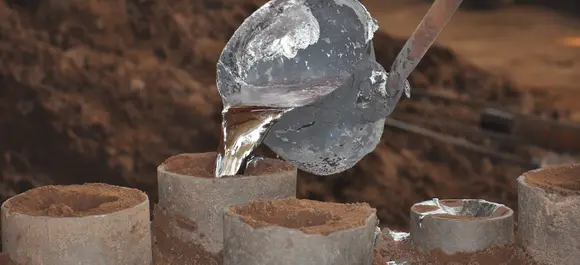Mobile:+86-311-808-126-83
Email:info@ydcastings.com
Anchor Impeller - Efficient Fluid Dynamics Solutions
Understanding Anchor Impellers Design, Functionality, and Applications
Anchor impellers are a specialized type of mixing equipment commonly used in various industrial processes. They are characterized by their unique design, which typically includes blades attached to a central shaft. This configuration allows the impeller to create a strong axial flow, making it particularly effective for mixing high-viscosity fluids.
One of the key advantages of anchor impellers is their ability to handle thick and heavy materials. In industries such as food processing, pharmaceuticals, and chemical manufacturing, the viscosity of the substances being mixed can significantly impact the efficiency of the mixing process. Anchor impellers are designed to generate a powerful shear force, ensuring that the materials are thoroughly blended, regardless of their thickness. This is especially crucial for products like emulsions, pastes, and other viscous mixtures.
The operation of an anchor impeller involves both axial and radial flow
. The blades move the liquids in a downward direction towards the bottom of the mixing vessel, while also pushing some of the mixture laterally outward. This dual flow pattern prevents the formation of dead zones, ensuring that every part of the mixture is engaged in the mixing process. As the blades rotate, they scrape the walls and bottom of the vessel, which helps in preventing material buildup and guarantees uniformity in the final product.anchor impeller

In terms of design, anchor impellers come in various shapes and sizes, with each configuration tailored to specific mixing requirements. Some impellers feature more aggressive blade designs for intensive mixing, while others may have a gentler profile suitable for delicate materials. The choice of an appropriate anchor impeller depends on several factors, including the properties of the material being mixed and the desired outcome of the mixing process.
Beyond their utility in mixing, anchor impellers also play a crucial role in heat transfer and maintaining the uniform temperature of reactions. In many cases, these impellers are used in conjunction with heating or cooling jackets, which helps in achieving optimal thermal conditions for chemical reactions or product stability.
In conclusion, anchor impellers are indispensable tools in various industrial applications where efficient mixing of high-viscosity materials is required. Their ability to create strong flows, combined with their versatile design, makes them suitable for a wide range of products and processes. As industries continue to evolve, anchor impellers will remain a vital component in achieving operational excellence.
-
Understanding Metal Casting TechniquesNewsApr.02,2025
-
Understanding Exhaust Manifolds for Enhanced Engine PerformanceNewsApr.02,2025
-
The World of Metal FabricationNewsApr.02,2025
-
Key Components for Pump and Turbo EfficiencyNewsApr.02,2025
-
Essential Tools for Automotive Maintenance and RepairNewsApr.02,2025
-
Durable Valve Components for Effective Water ManagementNewsApr.02,2025











